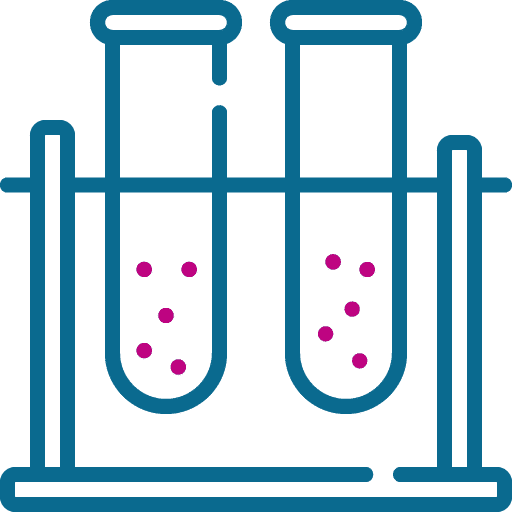 Two actions that will reveal the workings of your heart. Heart activity is reflected in – rhythm, blood pressure, blood tests. Often you need to be able to assess your own rhythm and blood pressure, especially if you are exercising, have cardiovascular disease, diabetes or just feel unwell.
Two actions that will reveal the workings of your heart. Heart activity is reflected in – rhythm, blood pressure, blood tests. Often you need to be able to assess your own rhythm and blood pressure, especially if you are exercising, have cardiovascular disease, diabetes or just feel unwell.
Pulse, which reflects the heart rate, i.e. the rhythm of the heart. Each pulse coincides with a heartbeat that pumps blood through your arteries.
By feeling your pulse, you can determine how fast your heart is beating and whether it is regular. Your heart rate is the number of heartbeats per 1 minute.
Normally, the pulse should be regular, between 60 and 80 beats per minute. Pulse rate depends on exercise, emotional state, medication, body or air temperature.
To take your own pulse:
- Put a clock with a second hand in a visible place.
- Place your index and big fingers on the outer edge of the inner side of the wrist of the other hand. You should feel a tapping or throbbing in your fingers.
- Count the number of knocks in 60 seconds.
If you need a resting pulse, do it 😊 Then don’t take it when you’re nervous, right after exercise.
Take your blood pressure
Blood pressure is the force/pressure of blood against the walls of your arteries. Arterial blood pressure has two parts:
- systolic blood pressure. This is the pressure in your arteries when your heart is pushing blood out – this is the highest blood pressure at that time. It is also known as the “upper”.
- diastolic blood pressure. This is the pressure on the walls of blood vessels, when your heart is relaxed, between heartbeats. Also known as “lower”. This is the lowest blood pressure.
How to measure:
- Sit down, make yourself comfortable, lean back with both feet on the floor and stay like that for a few minutes.
- Your hand should be placed on a flat surface (such as a table) and your upper arm should be at heart level. Make sure that the bottom of the cuff is just above the elbow line.
- You would need to measure several times in a row.
- Measure at the same time every day.
Two actions that will reveal the workings of your heart. Your blood pressure can go up or down depending on your age, heart condition, emotions, activity and the medicines you take. One high reading does not mean you have high blood pressure. You need to measure it at different times while you rest to get the usual figures.
Blood tests
Blood tests can help diagnose heart disease, or assess complications and their risk in existing cardiovascular disease
Tests would include: sodium, potassium, lipidogram (which can determine your cholesterol levels, including LDL ‘bad’ cholesterol and HDL ‘good’ cholesterol), creatinine, urine, thyroid hormones, urinalysis.



